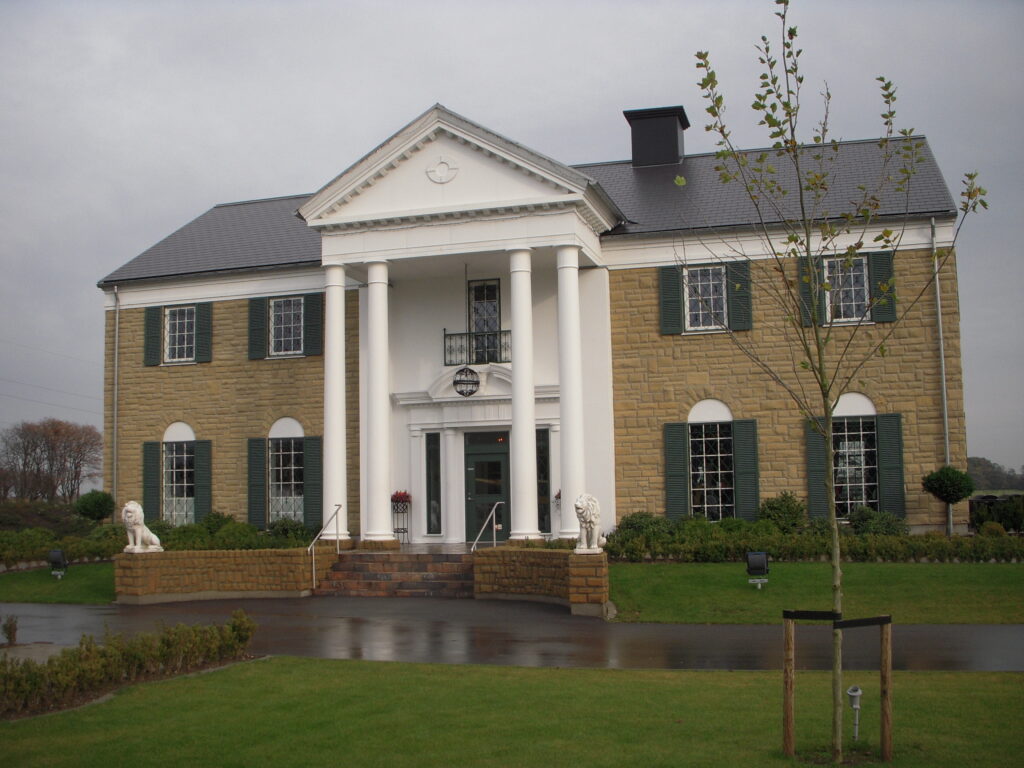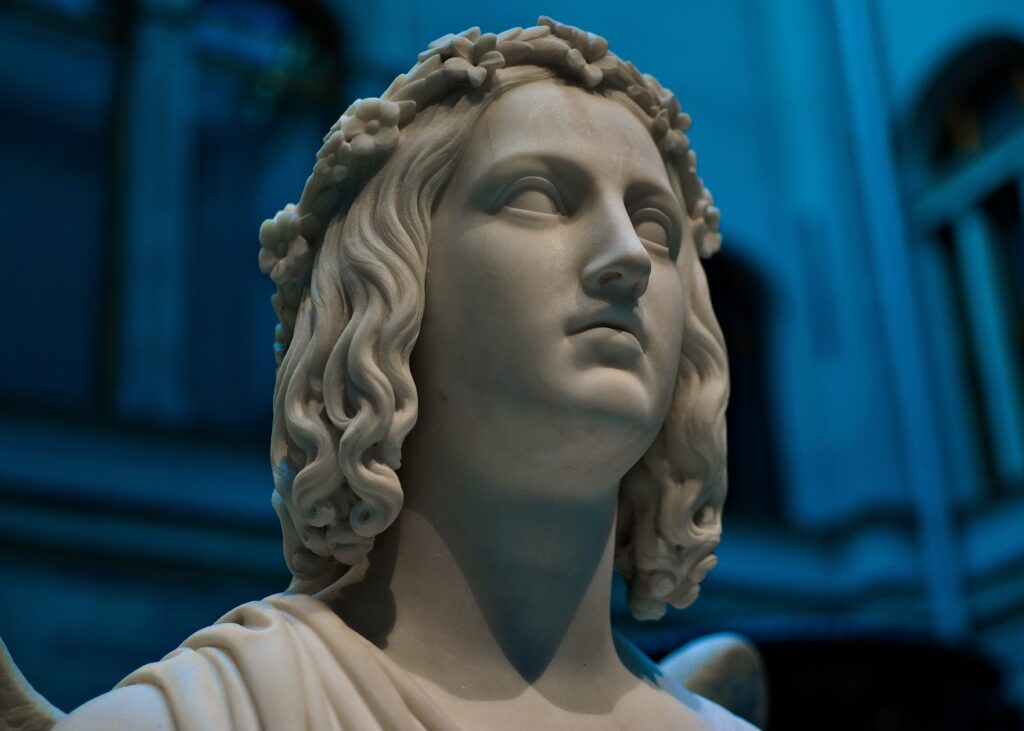9 Epic Things to Do in Aarhus, Denmark
Aarhus is the second largest city in Denmark. It is located on the eastern coast of the Jutland Peninsula and has around 335,000 residents. In recent years, Aarhus has emerged as an exciting tourist destination. To ensure you have an incredible time during your visit, we made a list of nine epic things to do […]
9 Epic Things to Do in Aarhus, Denmark Read More »







